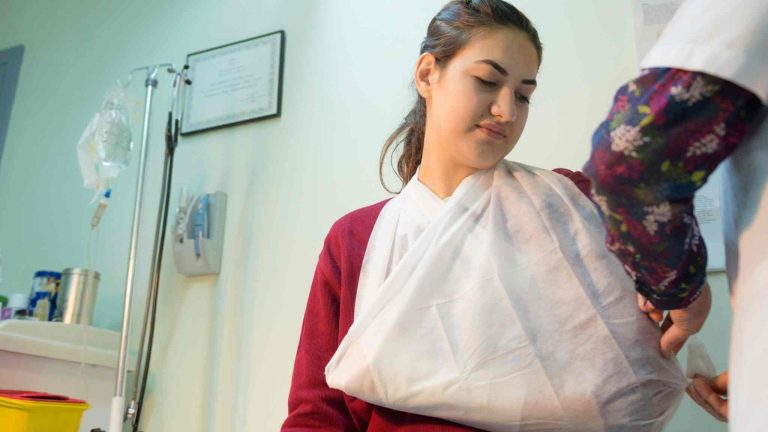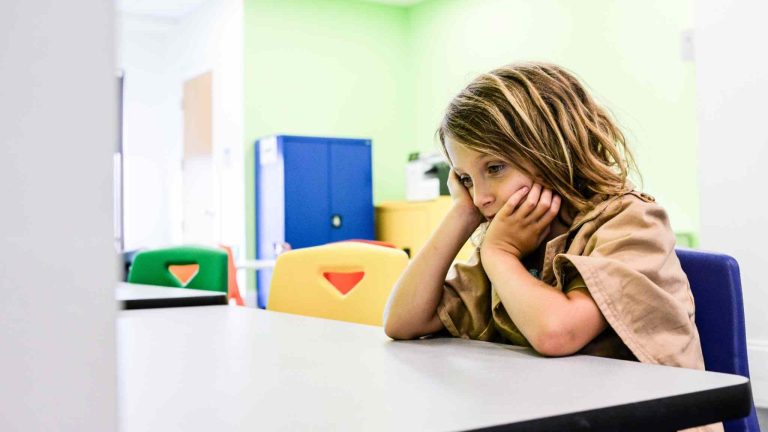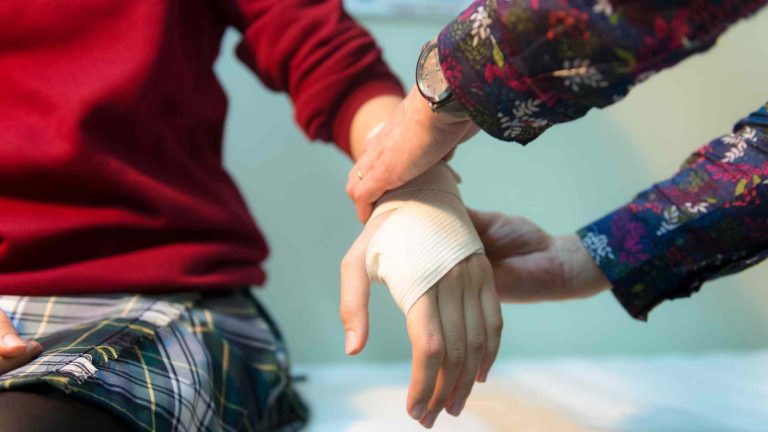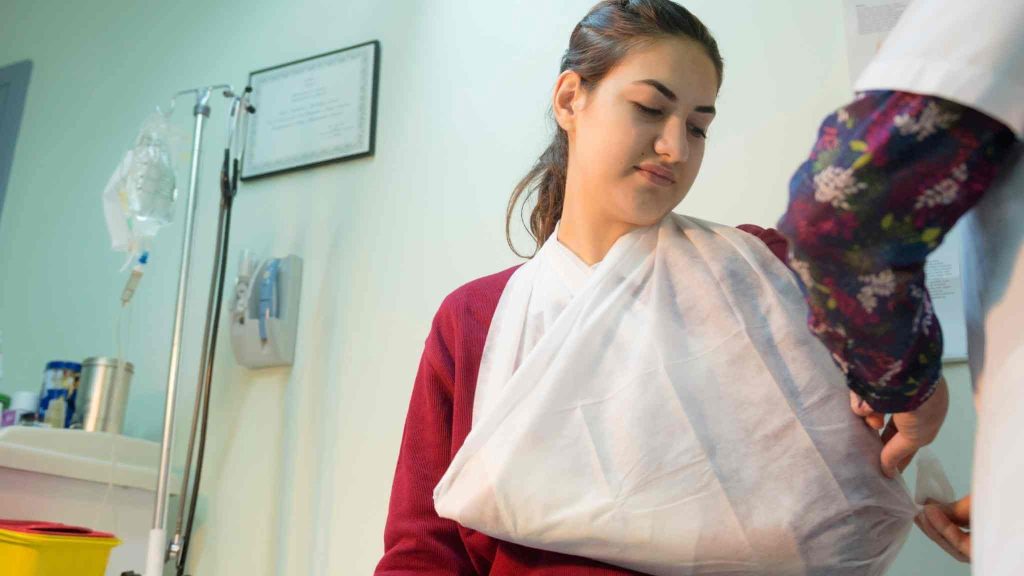First Aid in Schools

First Aid In Schools
Schools need to make sure that there is a sufficient number of staff trained in first aid, as the volume of students in one venue can sometimes pose many safety hazards and accidents happen.
Schools should have a first aid policy which their school nurse would adhere to. They should also have first aid supplies and facilities to accommodate an emergency.
This should include policies for situations such as asthma emergencies and anaphylaxis amongst many others.
Children should be given an asthma action plan and an allergy or anaphylaxis asthma plan from their specialist.
When dealing with a first aid emergency in school, we need to remember we are not trying to diagnose of fix the emergency, we are looking to administer first aid to:
- Preserve the airway
- restore circulation and breathing if possible
- Monitor and keep a casualty safe until emergency services arrive
- Protect an unconscious student or staff member from any immediate danger
- Prevent the casualty worsening by administering any medications that they need (adrenaline autoinjector for anaphylaxis or asthma inhaler with spacer for an asthma attack)
School emergencies could include:
Broken Bones
Breaking bones at school would not be an uncommon scenario. Most children of school age would be able to tell you that they have hurt themselves, usually arms, collar bones or legs. It may not be as obvious in a younger child, they may just avoid using their arm or hand until someone notices.
We should not worry about giving pain relief at the scene. This is OK and recommended. If they need further pain relief, it will usually be given by emergency services and will be given intravenously, intramuscular injection or via a nasal spra
- Symptoms of a broken bone
- Pain at the injury site
- Deformity of the arm, hand of leg
- Swelling at the injury site
- Redness around the injured site
- Reluctance to move the injured area.
- When a child breaks a bone, the first aid treatment would be:
- Elevation
- Pain relief
- Apply ice to the injury but not directly onto the skin
- Call Emergency services
Nosebleeds
Nosebleeds are common in 3-10 year old children
The sight of blood can be alarming for some people, but nosebleeds are common and often harmless. They can simply be caused by picking the nose!
Children are supposed to relax after a nosebleed. So if you can, discourage rough play, nose blowing or picking.
First aid for nosebleeds
- Sit the child upright and tilt their head forward. Don’t tilt the head back as blood may drip to the back of the throat and cause coughing or choking. Also if blood is swallowed and ends up in the stomach, it may cause them to vomit.
- Ask the casualty to squeeze and apply direct pressure over the soft part of the nostrils, below the bridge of the nose.
- Hold for at least 10 minutes.
- If bleeding does not stop after 20 minutes, seek medical help.
Concussion In School
Head injuries can cause a multitude of symptoms, some less obvious than others.
A school would be the optimum environment for head injuries, due to the volume of children all in one space, especially primary schools.
What should you do if a child in your care sustains a head injury? Here are some guidelines.

Call emergency services if:
- A child falls from a height greater than a metre or
- Sustains a head injury from high speeds
- Hits their head and has a seizure
- If your child vomits more than once after a head injury
Anaphylaxis In Schools
4-8% of children starting school have food allergies. This is a huge statistic and we still don’t really know what has caused this sudden rise in recent decades.
Most schools try to discourage parents putting nuts or peanuts in school lunch boxes but it is mostly not regulated, just a recommendation. It would almost be impossible to ensure every lunchbox was allergy free everyday.
However, a child can be allergic to anything and children do like to share food, so training for staff in anaphylaxis is essential.
Symptoms of mild to moderate allergic reaction:
Swelling of lips, face and eyes
Hives or welts
Tingling of the mouth
Abdominal pain or vomiting
Symptoms of severe allergic reaction (anaphylaxis)
Difficult or noisy breathing
Swelling or tightness in the throat
Swelling of the tongue
Wheeze or persistent cough
Difficulty talking or hoarse voice
Persistent dizziness or collapse
Pale and floppy (young child)
If a child has any of the symptoms of a severe allergic reaction, they must be laid flat or at least sat down, then either have the adrenaline autoinjector administered immediately or call an ambulance.
A childs Red ASCIA anaphylaxis action plan tells you how to give an adrenaline autoinjector but you would also learn this in our first aid courses.

Asthma
There are many triggers for an asthma attack. It could be the weather, pollens, grasses or even animals.
Children with diagnosed asthma at school should have an asthma action plan and the school may also have an asthma first aid kit.
You must deliver immediate first aid if a child is showing signs of a severe breathing problems, such as:
- Managing short sentences or just a few words before having to take a breath
- Gasping for breath, anxious, pale and sweaty
- May have a wheeze or even worse if there is no wheeze because there is no air entry at all (you would only hear this if you were a medical professional with a stethoscope)
- Persistent cough
- Blue tinged lips
- Sucking in between ribs and base of throat
Asthma First Aid for Schools:
- Position the child upright and give 4 puffs of the blue ventolin inhaler through a spacer.
- Making sure they take 4 breaths per puff.
- Wait for 4 minutes
- If not fully recovered, give 4 more puffs of the blue ventolin inhaler
- Still not recovered
- Call emergency services
- Repeat steps 1-4 until emergency services arrives
- If child stops breathing at anytime, commence CPR
First aid for schools
The First Aid Nest specialise in first aid for workplaces Australia wide, especially schools and childcare as we are run by nurses with extensive paediatric experience.
Choose from various different delivery options from 80% online to 100% full face to face. It’s entirely up to you and how your workforce would best learn.
Contact us today or simply book via our website and we will be in touch within 24 hours to lock in a date for you. We can’t wait to meet you!


